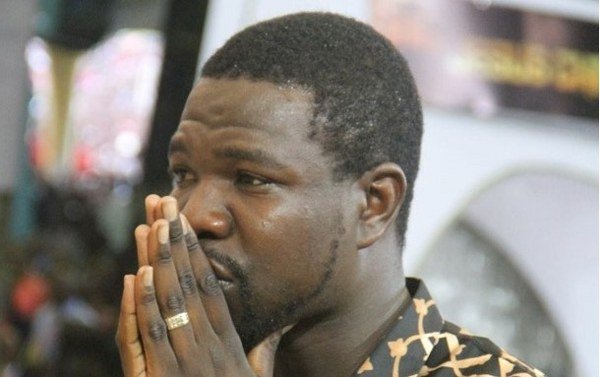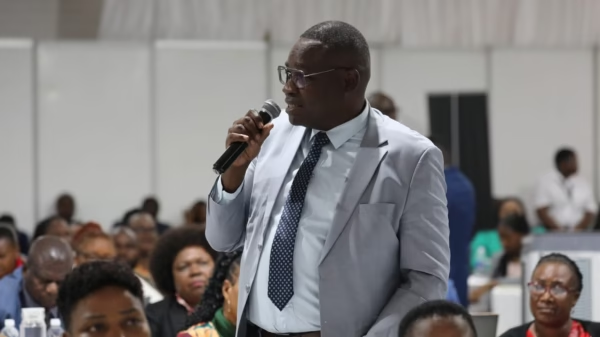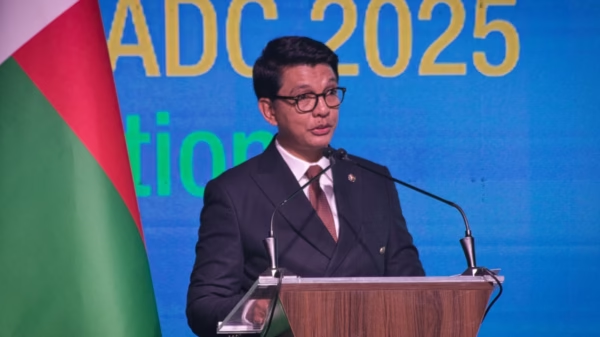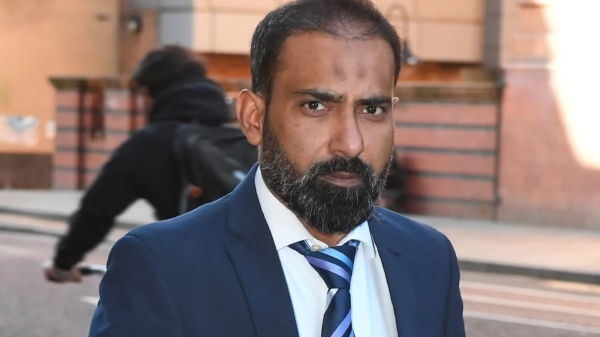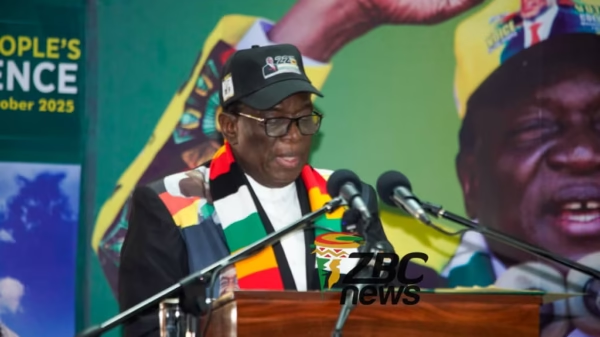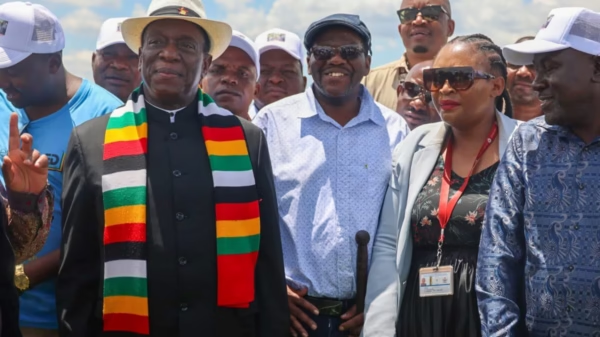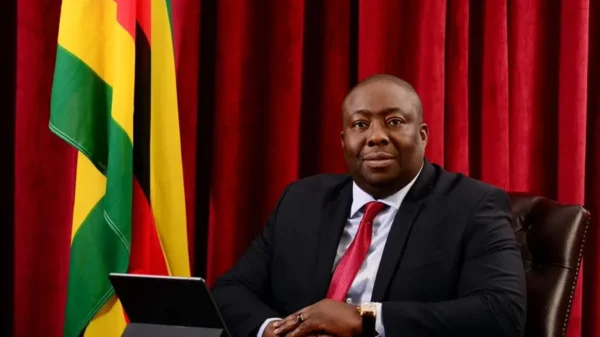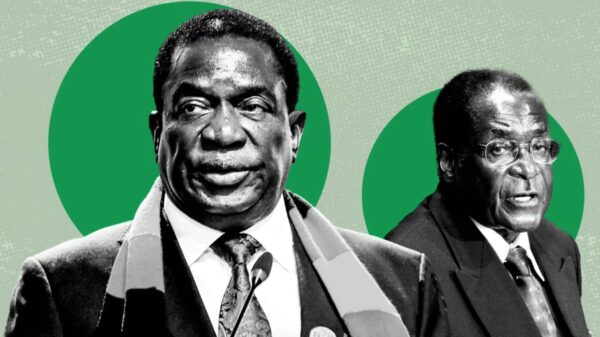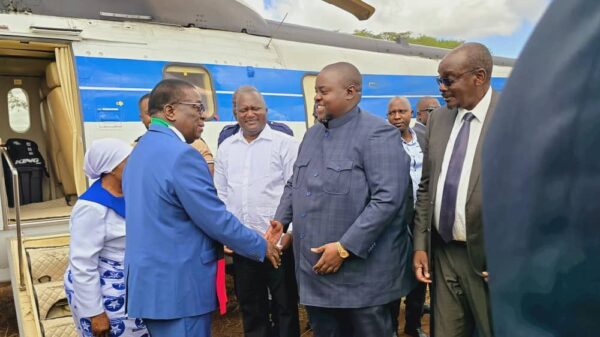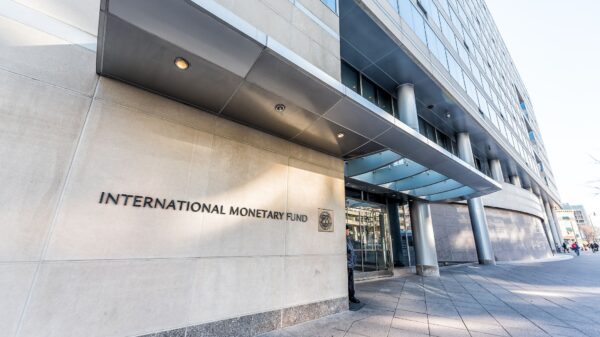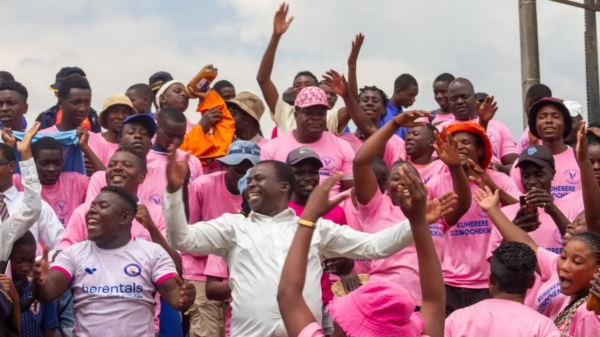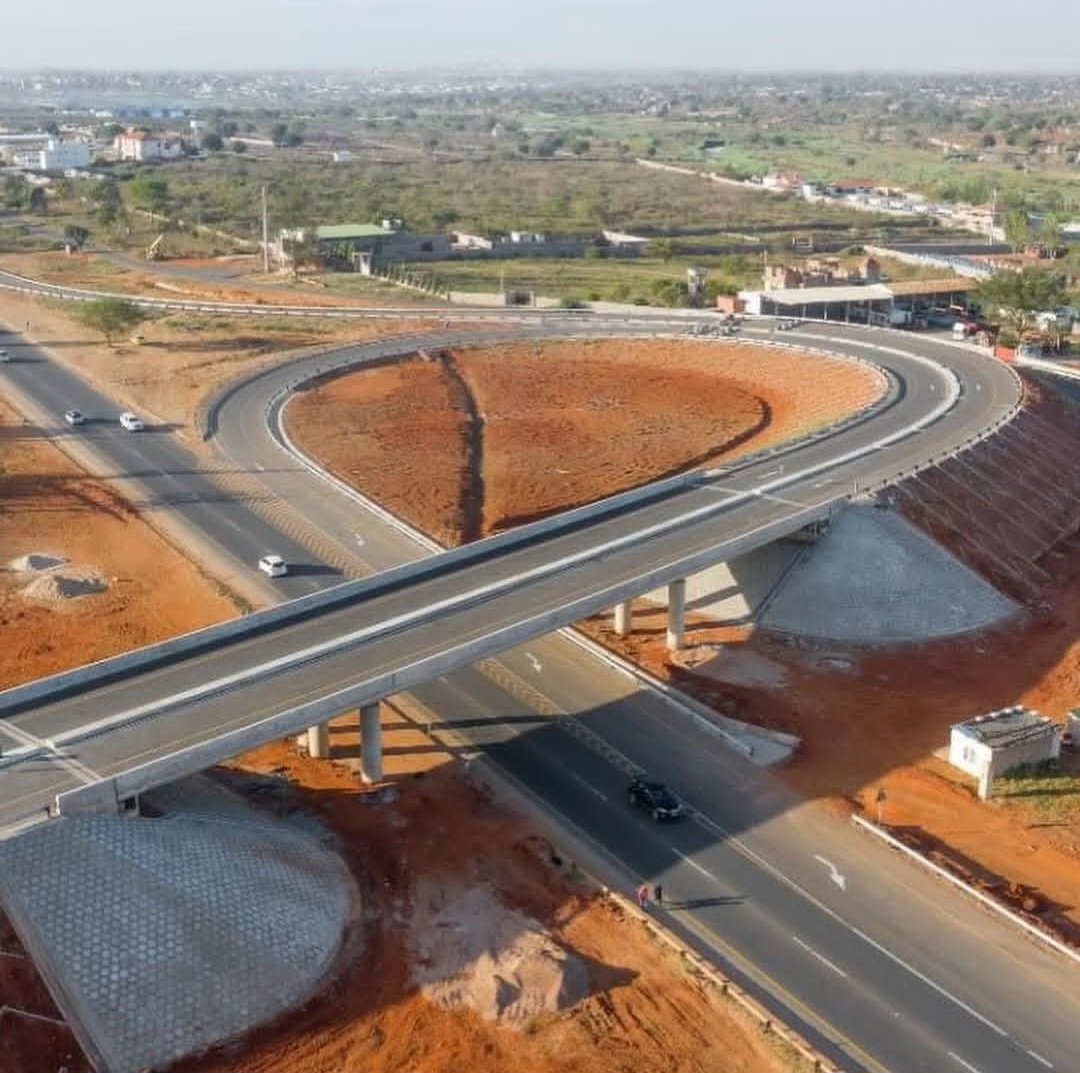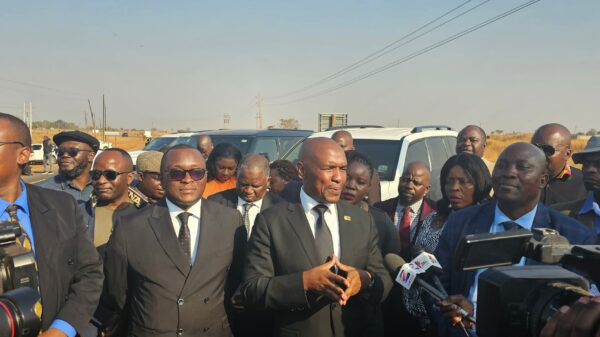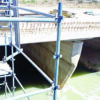Zimbabwe’s ongoing construction of the Mbudzi traffic interchange in Harare has sparked widespread controversy over its exorbitant price tag of US$88 million, especially when compared to South Africa’s Mount Edgecombe Interchange in Durban, which cost US$65.9 million (R1.14 billion) to build.
The difference — a staggering US$22 million — raises critical questions about cost inflation, corruption, and governance in Zimbabwe’s public infrastructure projects.
The Mount Edgecombe Interchange, completed in 2018, is regarded as the largest and most sophisticated interchange in the southern hemisphere.
Its advanced four-level design incorporates 23 piers, a 948-meter-long bridge, and a capacity to seamlessly connect major road networks, including the N2 and M41, linking Verulam, Umhlanga, and Durban North.
In stark contrast, Zimbabwe’s Mbudzi traffic interchange — a far more basic and rudimentary structure — carries an extraordinary price tag that defies logic.
The disparity in cost between the two projects suggests significant inefficiency, inflated pricing, or both. For a project of such simplicity to outstrip the price of one of the most advanced interchanges on the continent signals systemic issues.
Read: Bloodied KZN man films Facebook confession and posts girlfriend’s lifeless body after alleged murder
There is a growing perception among Zimbabweans that the US$88 million allocated to the Mbudzi project is grossly inflated, with much of the excess attributed to corruption.
Insiders allege that the contractors — closely connected to senior government officials — thrive on overpricing and kickbacks, leaving taxpayers to bear the financial burden.
Zimbabwe’s infrastructure projects are often plagued by a lack of transparency, budgetary oversight, and accountability. This has resulted in an environment where public officials, in collusion with contractors, exploit opportunities to siphon funds. The financial mismanagement of public projects acts as a hidden tax on citizens, disproportionately affecting the poor and economically vulnerable.
In a country already reeling from economic challenges, such inflated costs represent a significant loss of public resources. Mismanagement and corruption in infrastructure projects lead to increased taxation and reduced resources for essential services like healthcare, education, and social welfare.
Moreover, poor-quality infrastructure built at such high costs undermines public trust in government and stifles economic development. Zimbabwe, a country in desperate need of efficient infrastructure to boost regional trade and connectivity, cannot afford such missteps.
South Africa’s Mount Edgecombe Interchange demonstrates that even large, sophisticated projects can be delivered within a reasonable budget if proper oversight, transparency, and competition are maintained. The Durban project’s success lies in meticulous planning, competitive bidding processes, and adherence to high standards of execution.
Zimbabwe’s Mbudzi traffic interchange is more than just an infrastructure project; it is a glaring symbol of the inefficiency, corruption, and lack of accountability plaguing the country’s public sector.
The US$88 million price tag is not just an economic issue but a moral and governance crisis. Unless the government addresses these systemic issues, public infrastructure projects will remain a vehicle for corruption at the expense of the nation’s development.
For comments, Feedback and Opinions do get in touch with our editor on WhatsApp: +44 7949 297606.

For comments, Feedback and Opinions do get in touch with our editor on WhatsApp: +44 7949 297606.

